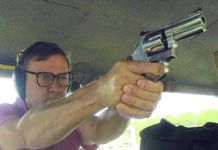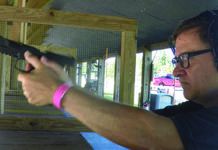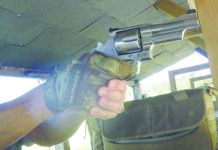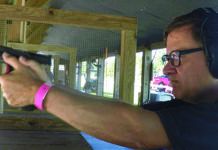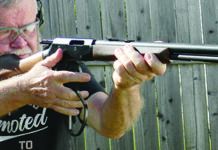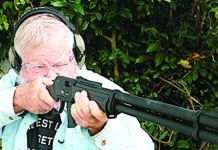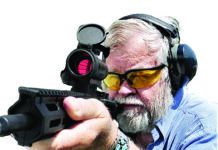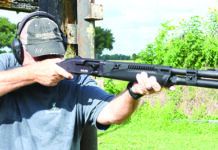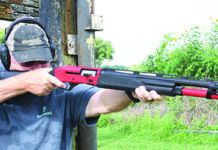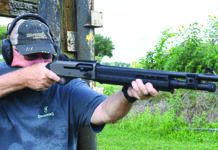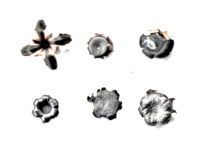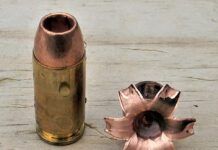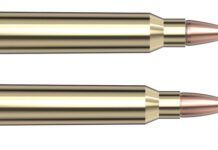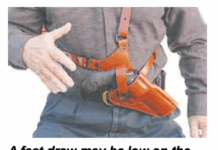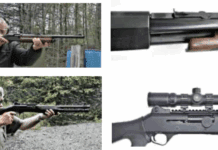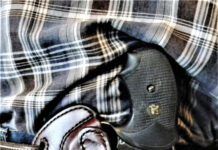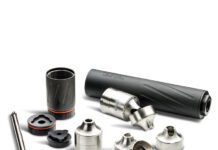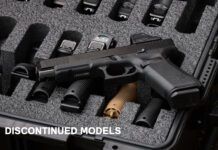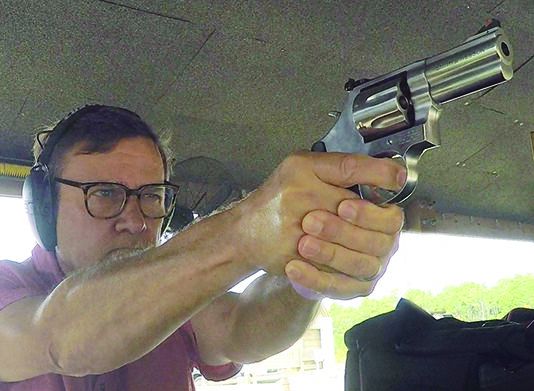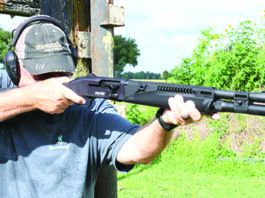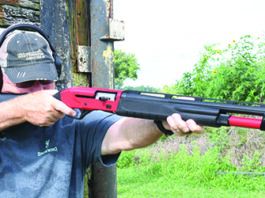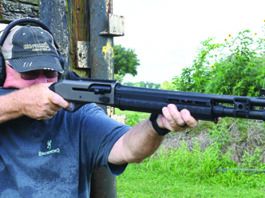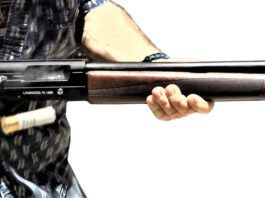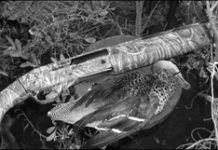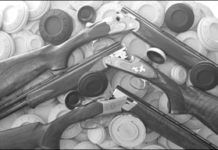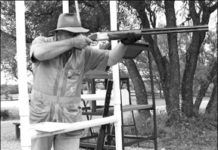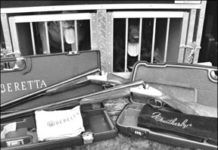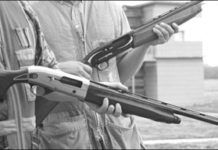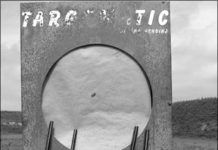Like most other American shotgunners, Gun Tests shooters often express an appreciation for the beauty of the side-by-side. It takes almost nothing to fall in love with a London best-until you start looking at price tags and the waiting times to get one even if you could afford one. The reason for what is usually viewed as exorbitant pricing for famous-label makers such as Purdey, Holland & Holland, and others is actually well founded. Not only are these guns hand made, hand finished, and hand engraved (which is why it also takes years to get one if you can pony up the cash), but it has always been harder, and thus more expensive, to regulate two barrels on a horizontal plane to shoot to the same point of impact than it is to do the same with vertically arranged tubes.These factors add up to a need-to-win-the-lottery aspect, and it is what keeps most average Joes, and that includes us at Gun Tests, from looking beyond our pumps, semi-autos, and over/unders.Truthfully, the advent of improved machining has shaved the prices down on many side-by-sides over the decades. Witness the quality guns of Spanish origin that dont come close to having five figures (or more) to the left of the decimal point. Yet you still dont see them sitting on retailer shelves, in no small part because there are more than a few makers and they dont have the name recognition that lends confidence to the casual buyer (i.e., you need to do some homework to buy one). Instead, many buyers will tend to buy better-known names, such as Weatherby and Beretta.With that in mind, we recently tested two affordable side-by-sides, the Weatherby Athena DItalia ADX1228SGM, $2925, and the Beretta 471 Silver Hawk J471210, $3625.We trotted these two field guns over several rounds of sporting clays and skeet. For accuracy, we also shot both guns standing at 40 yards and from the Shooters Ridge Steady Rest on Midway USAs MTM portable shooting bench. We fired these point-of-impact tests on the National Target Companys shotgun patterning target, and learned both guns were accurately regulated. We used an RCBS trigger-pull gauge provided by Midway USA to measure the trigger pulls on both guns barrels, and otherwise shot the heck out of them.Heres how the pair measured up in our testing:


